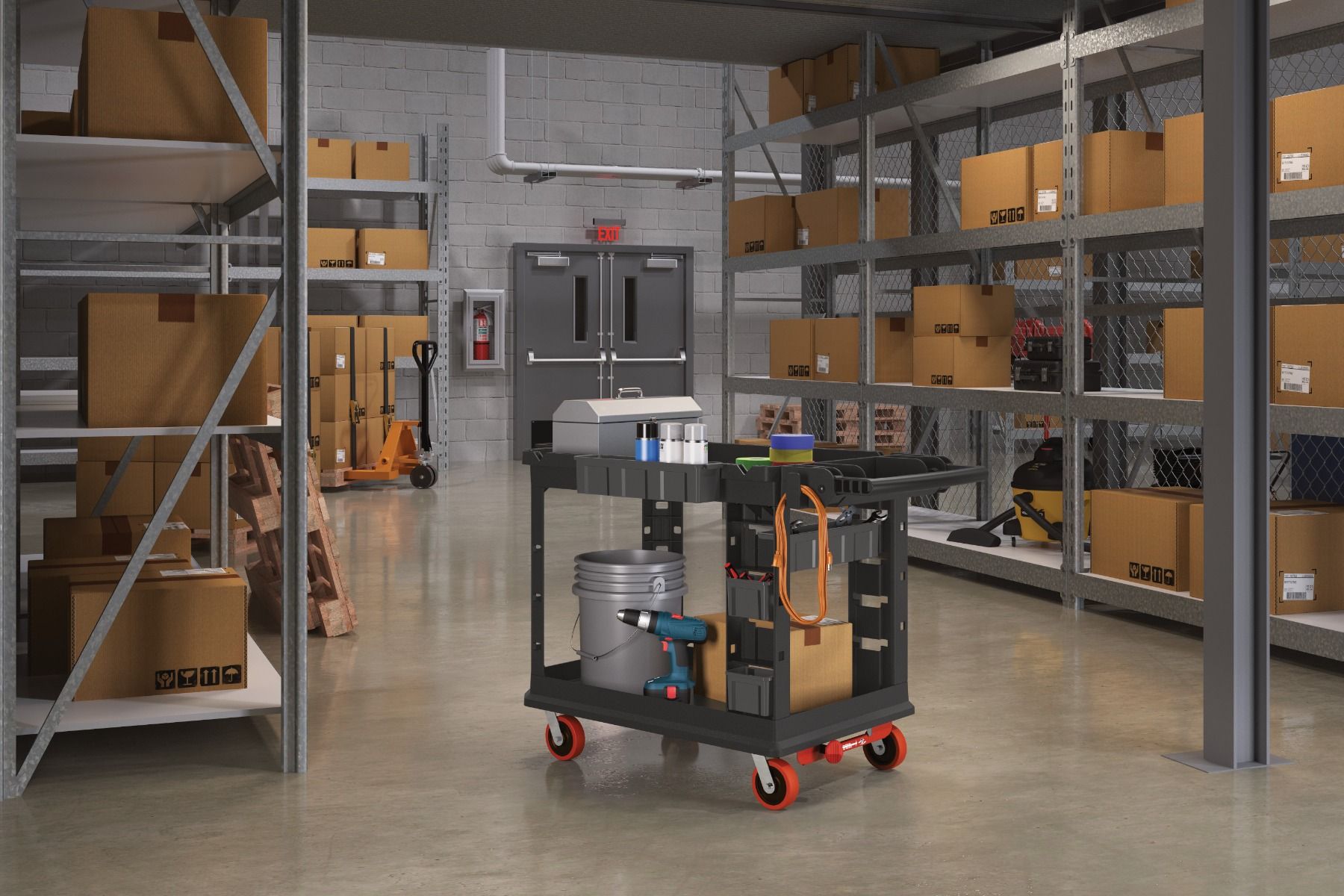🔧 Types of Utility Carts
-
Platform Carts
-
Flat surface, usually with a handle.
-
Great for large, heavy, or bulk items.
-
-
Service Carts / Shelf Carts
-
Multi-tiered with shelves.
-
Ideal for organizing and moving small parts, tools, or supplies.
-
-
Plastic Utility Carts
-
Lightweight, corrosion-resistant, often used in food service and labs.
-
Easy to clean.
-
-
Steel Utility Carts
-
Durable and can handle heavier loads.
-
Ideal for industrial or warehouse settings.
-
-
Wire Utility Carts
-
Open design for visibility and airflow.
-
Used in medical, hospitality, or retail environments.
-
-
Ergonomic / Specialty Carts
-
Includes features like adjustable handles or built-in tool storage.
-
Designed for specific tasks or user comfort.
-
⚙️ Key Features to Consider
-
Material:
-
Plastic for lightweight and rust-free use.
-
Steel or aluminum for heavy-duty applications.
-
-
Load Capacity:
-
Ranges from 200 lbs to 1,200+ lbs.
-
Choose based on the heaviest items you'll transport.
-
-
Shelf Configuration:
-
Number and spacing of shelves vary.
-
Lip or flat shelf design prevents items from sliding.
-
-
Wheels/Casters:
-
Look for swivel casters for easy maneuverability.
-
Non-marking or pneumatic wheels for specific floor types.
-
-
Handles:
-
Some have ergonomic, raised, or dual handles for ease of use.
-
-
Brakes or Locking Casters:
-
Important for stability when stationary.
-
✅ Benefits
-
Increases productivity by reducing trips and manual lifting.
-
Improves organization and workflow.
-
Reduces risk of injuries from carrying heavy loads.
-
Versatile for many settings—office, warehouse, kitchen, classroom, or hospital.
🏭 Common Uses by Industry
-
Warehousing: Order picking, inventory movement.
-
Offices/Schools: Moving supplies, electronics, or books.
-
Healthcare: Transporting medical supplies or files.
-
Hospitality: Room service, cleaning, or restocking.
-
Retail: Stock replenishment or returns handling.

